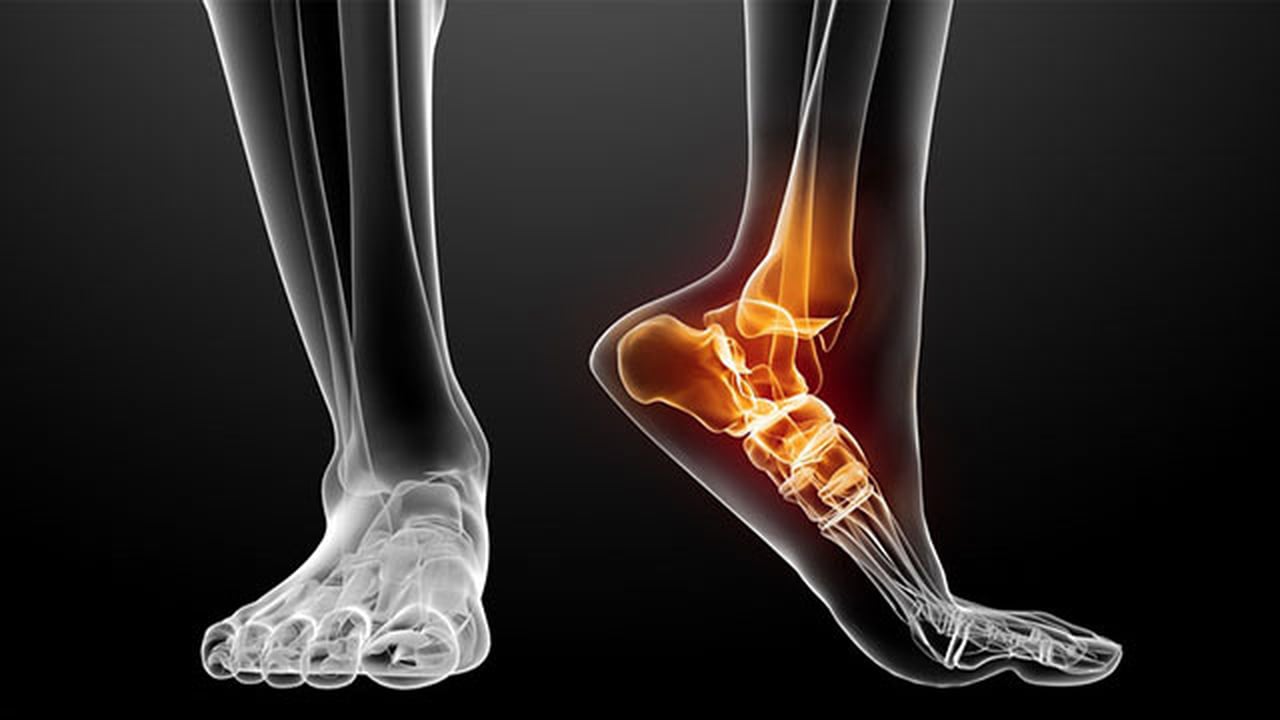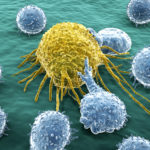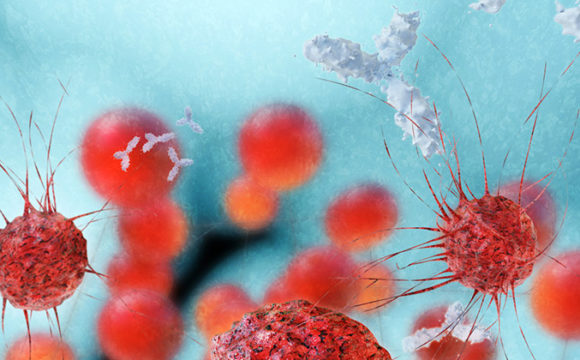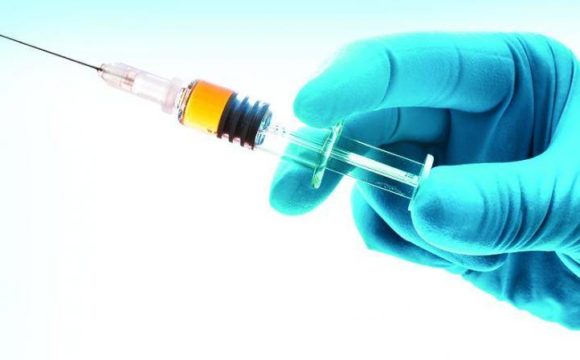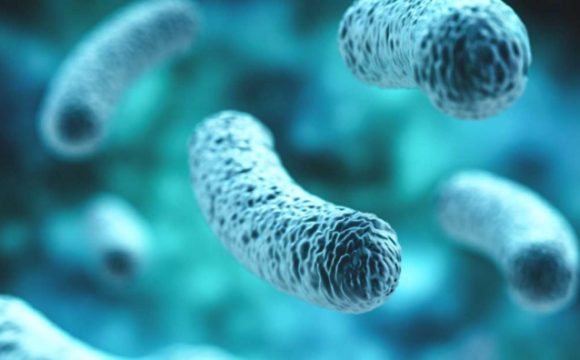Arthritis is one of the common cause of pain, stiffness, and swelling experienced in the joints mostly amongst people above 40 years of age. It is generally chronic and can last for several years or even a lifetime. X rays and its symptoms are used as for diagnosis. In India, over 10 million cases are diagnosed every year. Obese people, smokers and women more than men are known to be at a greater risk. Arthritis treatment involves medications, reduction of joint stress, physical therapy, and sometimes surgery. One must note that several different types of arthritis exist. In this article, we shall discuss Rheumatoid Arthritis and a recent lead into its mechanism.
Rheumatoid Arthritis (RA) is an autoimmune disease, A disease in which the body’s immune system attacks its own healthy cells. In the mammalian body, the synovial membrane is a specialized connective tissue which produces the synovial fluid. This is a viscous fluid responsible for the reduction of friction, lubrication and the articulation of the joints. In RA since the T cells begin to initiate an autoimmune response, they move towards the joints and then they signal other immune cells to appear. The arriving white blood cells cause inflammation of the synovium and penetrate & damage the cartilage, the shock absorber in the joints. While the mechanisms in the disease are reasonably well understood, what actually triggers this reaction is not yet established. A study published in the Journal of Clinical Investigation has some proposals.
(Source: i.ytimg.com)
Two protein N-acetylglucosamine-6-sulfatase (GNS) and filamin A (FLNA) undergo modifications like citrullination (conversion of the amino acid arginine in a protein into the amino acid citrulline) and act as auto-antigens. Over 50% of T and B immune cells have been shown to react with these two proteins in RA patients. What is interesting is that these protein are also produced by a normal gut microbe called Prevotella, a microbe whose overpopulation is well established in the case of RA. So the theory suggests that it is this microbe which triggers an immune reaction in the body and then the immune cells are eventually directed to the synovium where GNS and FLNA proteins exist. The abstract of the original paper puts it as “In rheumatoid arthritis (RA), immunological triggers at mucosal sites, such as the gut microbiota, may promote autoimmunity that affects joints.”
The next step for the researchers is now to investigate the mechanisms behind the immune response triggered by the bacteria.
Reference:
Annalisa Pianta, Sheila L. Arvikar, Klemen Strle, Elise E. Drouin, Qi Wang, Catherine E. Costello, and Allen C. Steere Two rheumatoid arthritis–specific autoantigens correlate microbial immunity with autoimmune responses in joints Journal of Clinical Investigation 26 June 2017.



